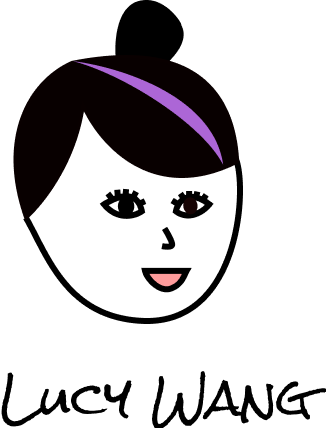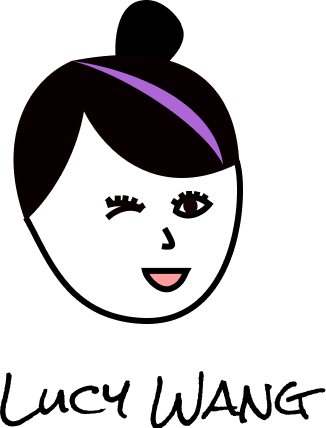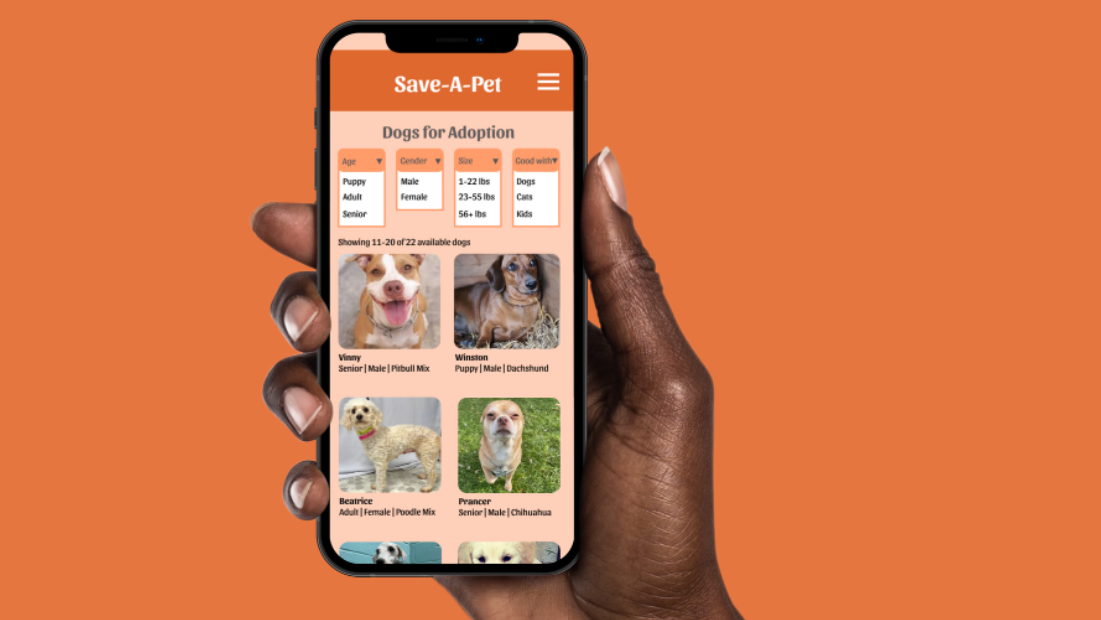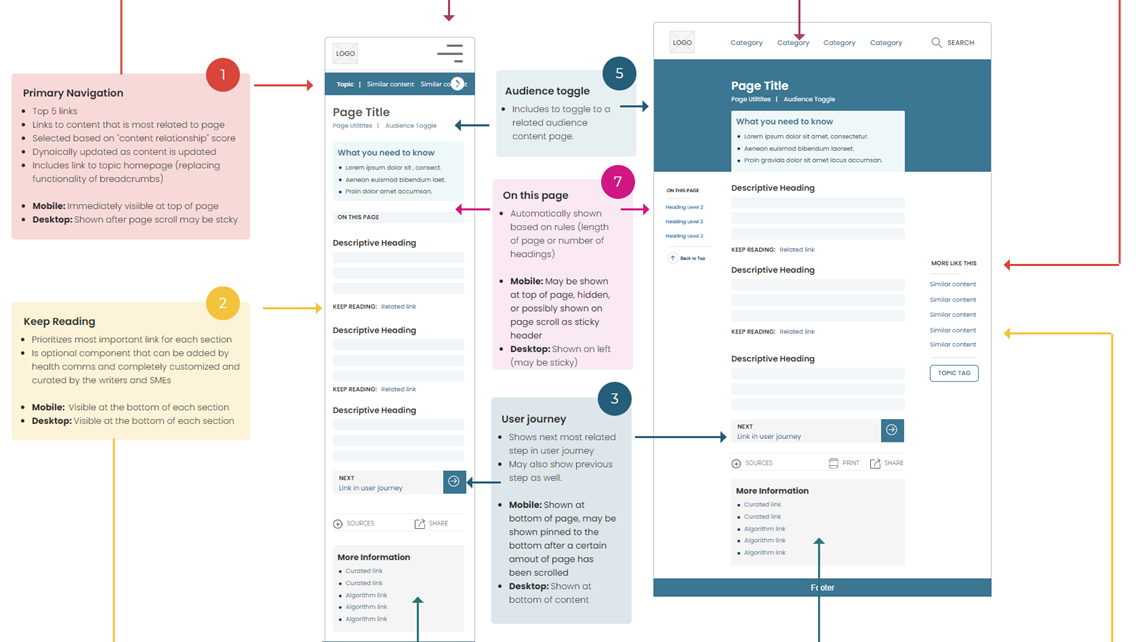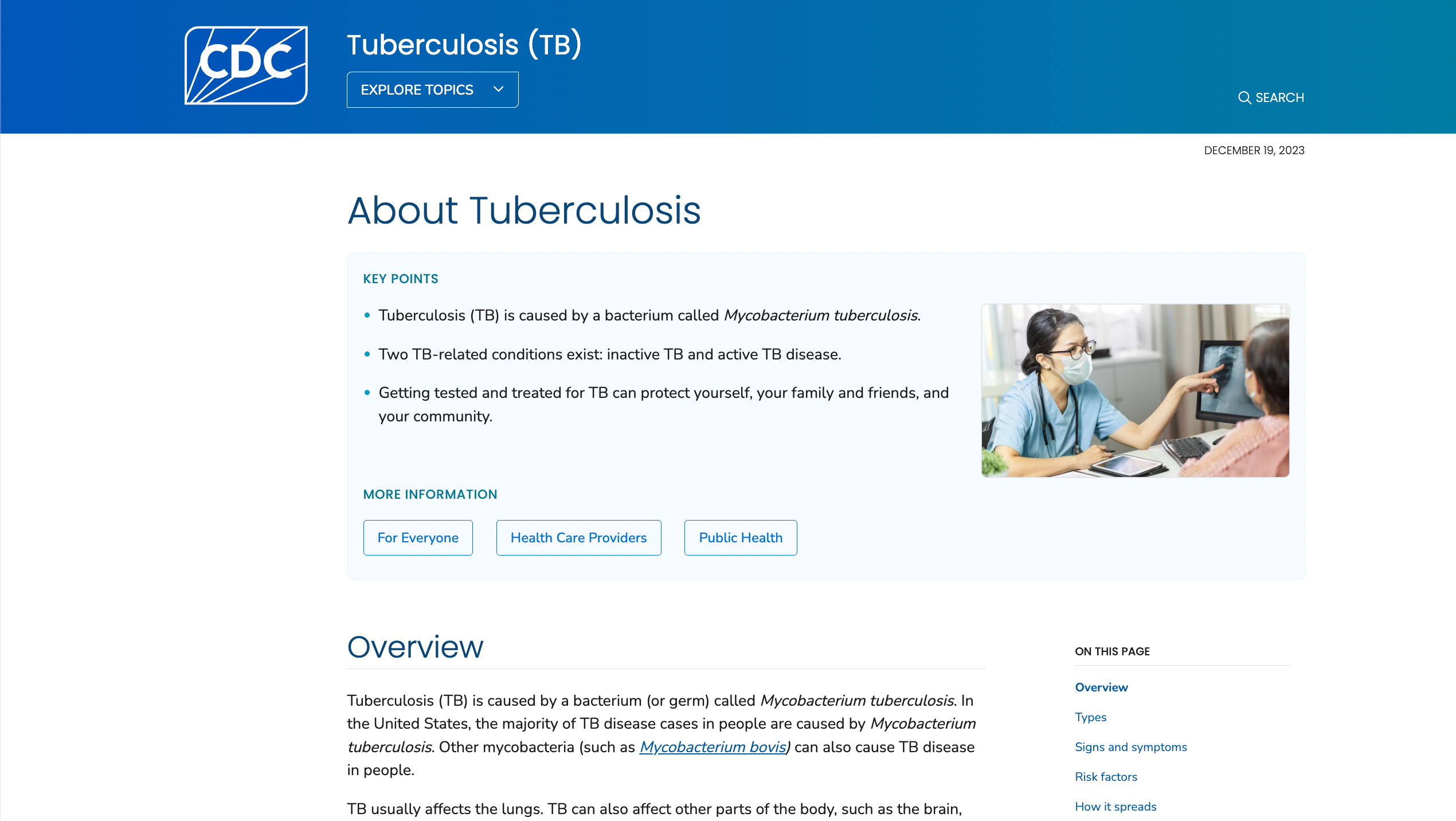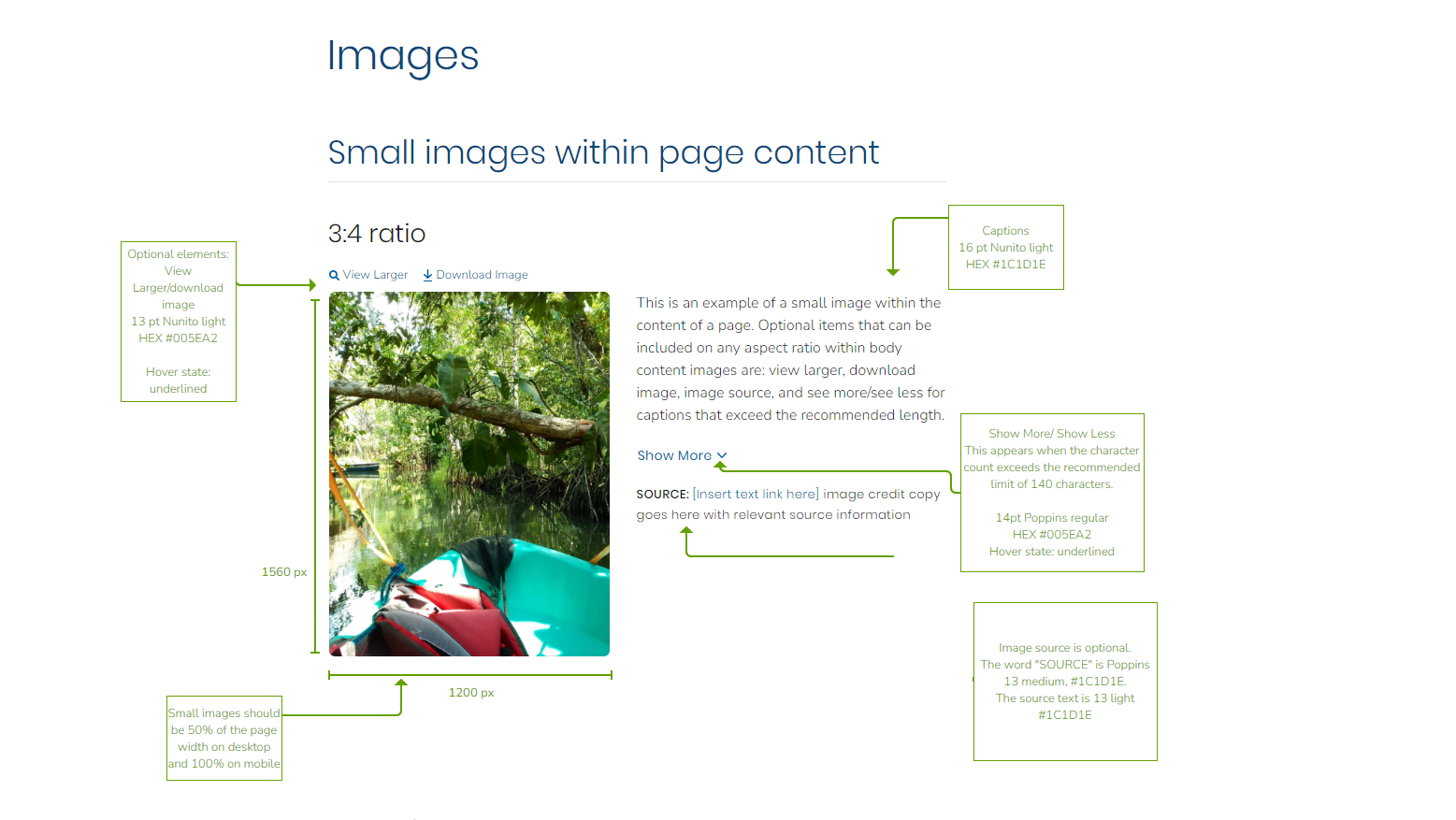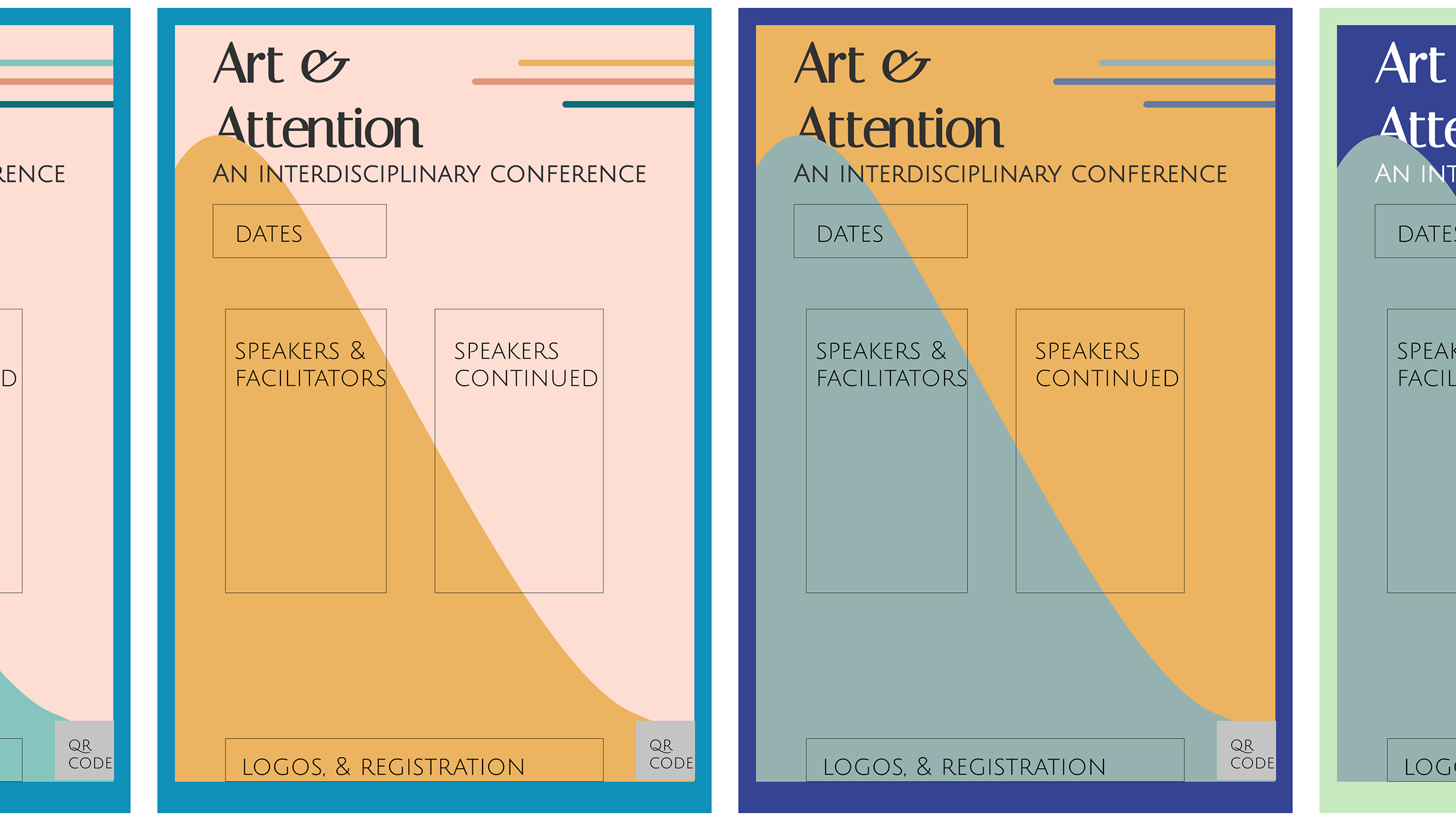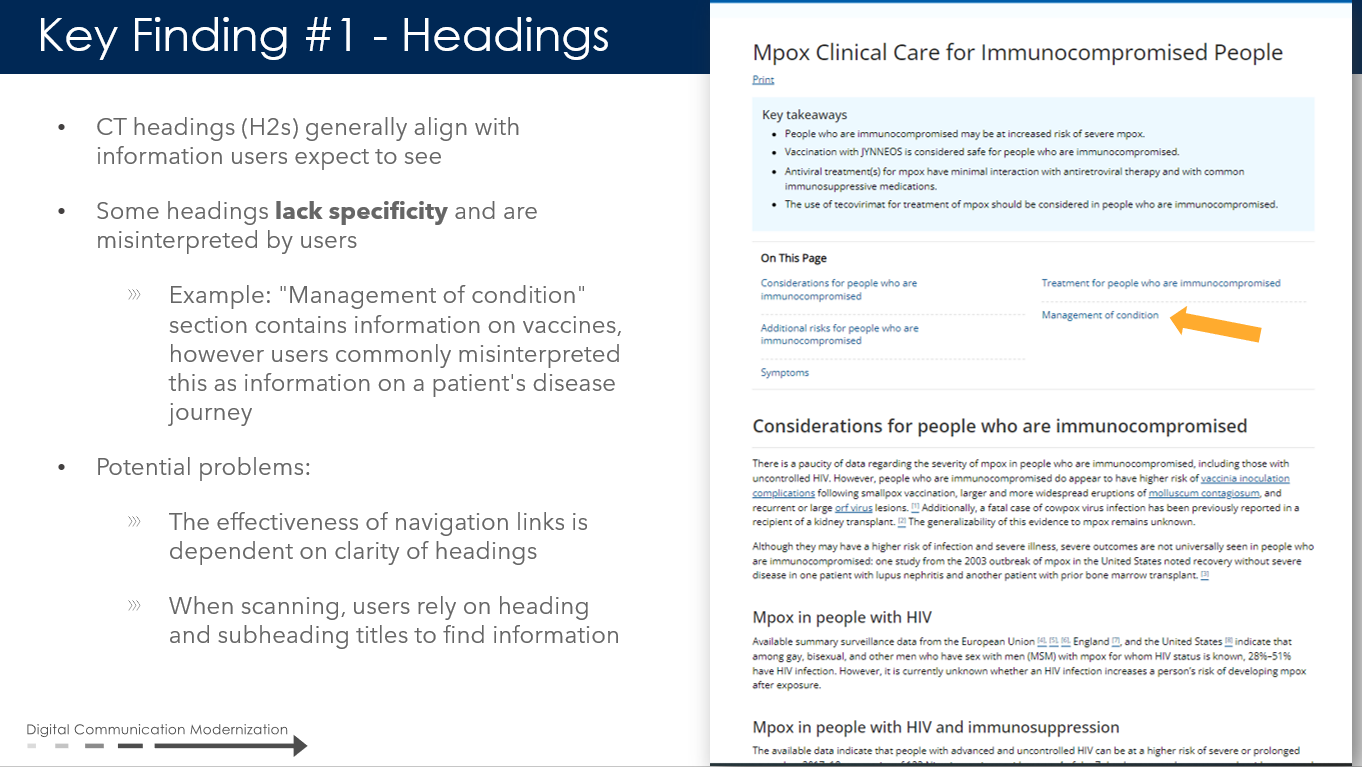Since this project is under strict NDA, I am showing the design process and lessons learned rather than hi-fi prototypes.
CONTEXT
CVS negotiates drug pricing with drug manufacturers in a bidding process where hundreds of billions of dollars of revenue flow through each year.
Before the Bid Center was created, negotiators took months to put together bids from multiple spreadsheets and word documents. With the Bid Center, an eight week process negotiation process can be complete in as little as one week in one application, no spreadsheets needed!
GOAL
Improve the user experience and functionality of the Bid Center based on user feedback and testing
SCOPE
Timeline: 2 months & ongoing
My role: UX researcher & designer
Team: 4 UX designers, 2 product managers, 8 engineers
My role: UX researcher & designer
Team: 4 UX designers, 2 product managers, 8 engineers
USER RESEARCH
Lessons learned:
1. Establish relationships with users. Our user base is small but mighty. We have around twenty users and depend on their participation to conduct user research and usability testing. We learned to show gratitude with each session, giving space to deviate from the interview script, and respecting the interviewers time go a long way to to maintaining good working relationships.
1. Establish relationships with users. Our user base is small but mighty. We have around twenty users and depend on their participation to conduct user research and usability testing. We learned to show gratitude with each session, giving space to deviate from the interview script, and respecting the interviewers time go a long way to to maintaining good working relationships.
2. Don't make promises that we can't keep. Our users can be very passionate about the changes they'd like to see and some come up with their own solutions. It can be tempting to say, "we'll change that" but our job as UX researchers and designers are to first evaluate the problem from and consider the best experience for all users, not just the most vocal ones.
3. Lead the questioning, don't ask leading questions. There's a fine line between guiding the conversation so that it's on topic and putting words into people's mouths. That's the sweet spot for UX researchers.
Interview notes organized thematically
PROCESS FLOW
Using interview feedback, the product managers & designers came together to create a solution that would streamline the process for users. We plotted each step on a process flow that we used as a guide throughout the design process.
The first iteration of our process flow served as a guide to our re-design process.
(intentionally pixelated for privacy purposes)
DESIGN STUDIOS
Lessons learned:
1. Leading three 5-minute design sessions during brainstorming generates much more feedback & ideas than leading one 15-minute design session. It lowers the risk which allows people to be more creative.
2. Invite users (non-designers) to create designs on paper rather than digitally so they don't have a barrier of learning the tools.
3. This is a great way to quickly generate feature ideas when feeling stuck.
Design studio sketches with engineers, product managers, and designers
DESIGN SYSTEM
We have an extensive design system library based off of material design. We're currently in the process of moving our design practice from Sketch to Figma and I've been building our product specific components out in Figma. These pixel perfect designs pave the foundation for efficient and standardized designs for the future.
We have an extensive design system library based off of material design. We're currently in the process of moving our design practice from Sketch to Figma and I've been building our product specific components out in Figma. These pixel perfect designs pave the foundation for efficient and standardized designs for the future.
With these components, we've been building and expanding our designs!
Figma component library- buttons with variants
Component of our screen wrapper
